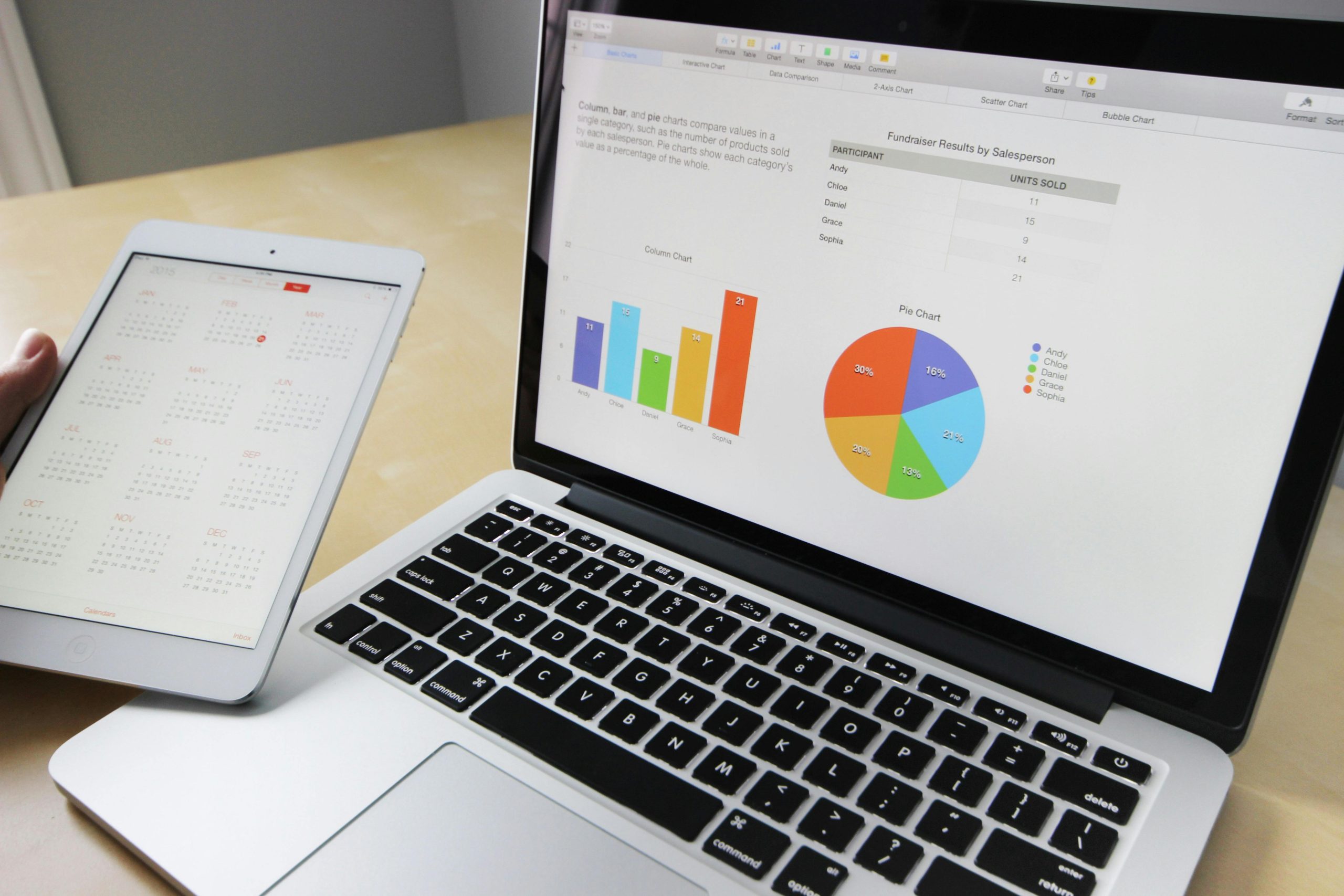
We don’t usually think of schools as data-driven environments.
We think of them as human-centered spaces, filled with relationships, creativity, and growth. And they are.
But they’re also generating and processing tens of thousands of data points every single year.
And that’s just one school.
The Data Behind a Typical School Year
Let’s take a mid-sized institution—around 1,000 students, 80 teachers, across primary and secondary levels. In the course of a single academic year, this school might generate:
-
Over 30,000 exam or assessment results
-
More than 180,000 attendance entries
-
Thousands of behavior reports, feedback logs, and homework records
-
Dozens of meetings’ worth of performance reviews, internal evaluations, and tracking spreadsheets
-
Surveys, parent communications, intervention plans, observations…
That’s not including informal data: the kind teachers collect in their heads every day—who’s losing motivation, who’s suddenly thriving, who’s just a bit quieter than usual.
Education today is full of data. But here’s the problem: most of it goes unused.
More Data, More Opportunity—Or More Chaos?
When data is structured, organized, and accessible, it becomes an incredible ally:
It shows you patterns.
It tells you where to focus.
It allows you to detect small problems before they become big ones.
But when data is scattered—across documents, emails, folders, memory sticks, and people’s heads—it becomes a burden. It demands time, energy, and interpretation that most educators simply don’t have room for.
And that’s the tension: schools have never had more data, and yet many are still operating as if they had none.
The Rising Need for Data Literacy in Schools
This doesn’t mean every teacher needs to become a data scientist.
But it does mean that every school needs to become data-literate.
Data literacy in education is not about complexity. It’s about clarity. It’s about being able to answer questions like:
-
Are our students really progressing, or just passing?
-
Which strategies are working in the classroom, and which aren’t?
-
Where are the early signs of disengagement, and how can we act on them?
-
Are we allocating resources in the most effective way possible?
None of these answers live in a single grade or report card. They live in the patterns—across time, across groups, across contexts.
And unless schools are equipped to read those patterns, they’ll keep guessing.
Looking Ahead: Data as Infrastructure
There’s no going back.
The role of data in education is only going to grow.
Curriculum personalization, early intervention models, wellbeing tracking, inclusion efforts, policy planning—all of it relies on good, accessible data.
The future of education doesn’t lie in collecting more data.
It lies in organizing, simplifying, and actually using the data we already have.
Because the schools that can turn data into understanding—and understanding into action—will be the ones that lead the next chapter of education.
Opinion, yes. But also reality.
Data is no longer just an administrative task.
It’s part of how we teach, how we support, and how we grow.
And the sooner we treat it as such, the better we’ll serve the people at the center of it all: our students.

Comments are closed